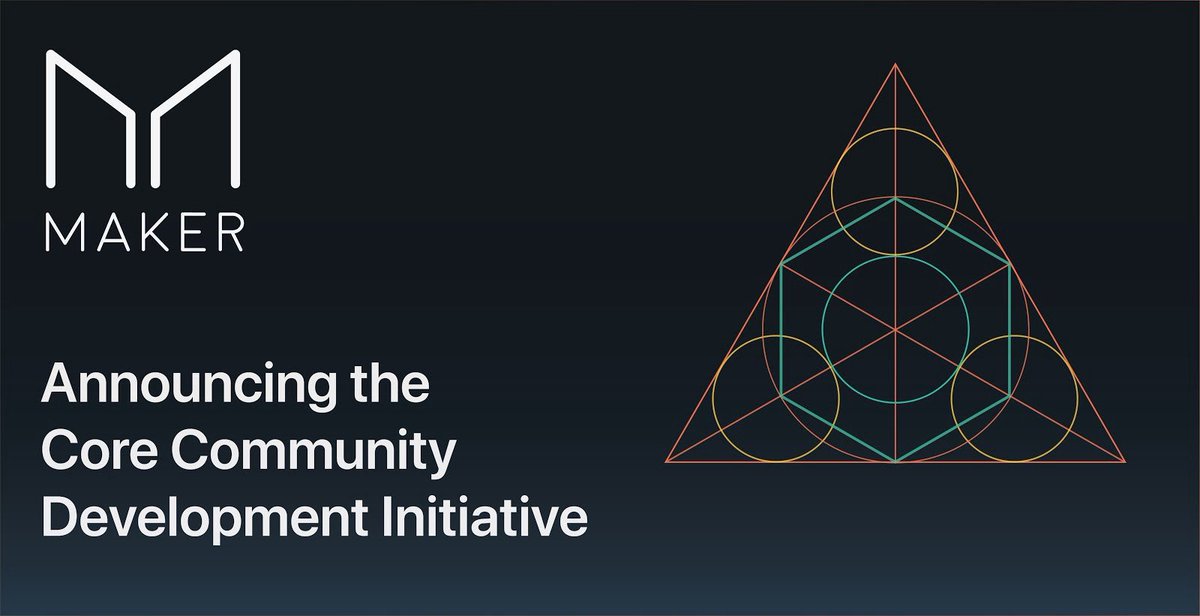and Vinegar (UOV), and Stepwise Triangular System (STS). pdfs.semanticscholar.org/5b2d/cf1c2f5d3…
Cryptosystem from last year (based on NTRU with Mersenne numbers(!)) has been weakened the classical and the quantum setting using a meet-in-the middle attack and locality-sensitive hashing. homepages.cwi.nl/~rdewolf/publ/…
eprint.iacr.org/2017/1224












